- News
- Reviews
- Bikes
- Components
- Bar tape & grips
- Bottom brackets
- Brake & gear cables
- Brake & STI levers
- Brake pads & spares
- Brakes
- Cassettes & freewheels
- Chains
- Chainsets & chainrings
- Derailleurs - front
- Derailleurs - rear
- Forks
- Gear levers & shifters
- Groupsets
- Handlebars & extensions
- Headsets
- Hubs
- Inner tubes
- Pedals
- Quick releases & skewers
- Saddles
- Seatposts
- Stems
- Wheels
- Tyres
- Tubeless valves
- Accessories
- Accessories - misc
- Computer mounts
- Bags
- Bar ends
- Bike bags & cases
- Bottle cages
- Bottles
- Cameras
- Car racks
- Child seats
- Computers
- Glasses
- GPS units
- Helmets
- Lights - front
- Lights - rear
- Lights - sets
- Locks
- Mirrors
- Mudguards
- Racks
- Pumps & CO2 inflators
- Puncture kits
- Reflectives
- Smart watches
- Stands and racks
- Trailers
- Clothing
- Health, fitness and nutrition
- Tools and workshop
- Miscellaneous
- Buyers Guides
- Features
- Forum
- Recommends
- Podcast
BUYER'S GUIDE
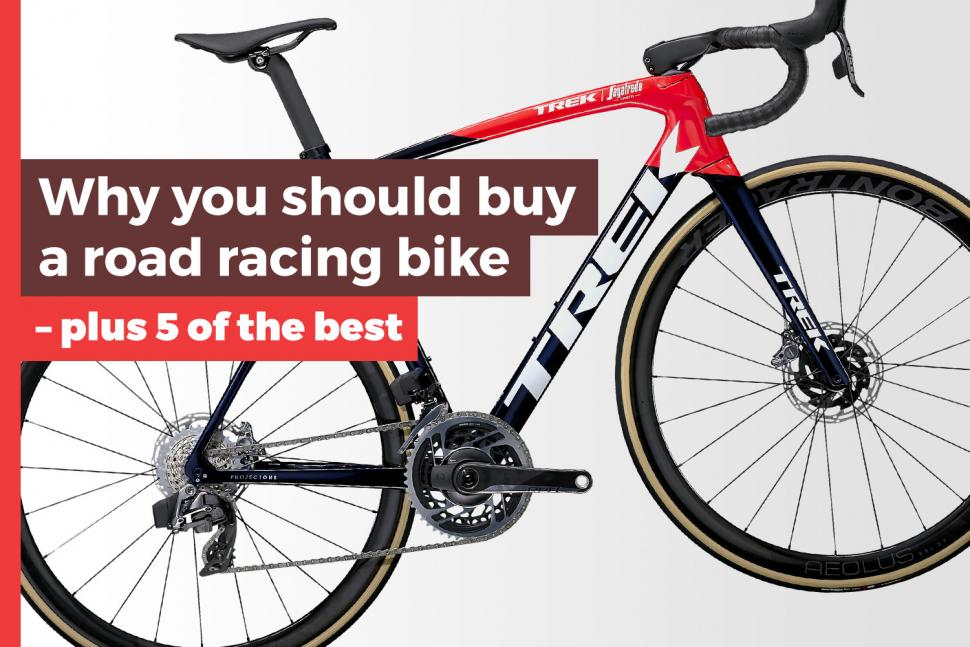 Why you should buy a road racing bike July 2021
Why you should buy a road racing bike July 2021Why you should buy a road racing bike — plus 5 of the best
If you like to go fast, then you want a proper road racing bike. Here’s why.
It’s a sunny afternoon in May and I’ve just slogged my way up an Italian mountain. I enjoy climbing, but I’m a long, long way from being good at it, though the light carbon fibre bike I’m riding really helps.
But now comes the good bit, a long descent that starts twisty and ends in a die-straight road on glass-smooth Tarmac through a tunnel and into Trento. I start by screaming round the curves, leaving behind the riding companions who waited for me at the top. I’m tucked deep, weight on my outside foot, banking hard into the hairpins, aiming for the smoothest line through the apex, using the whole road to hold my speed.
I’m doing 80 km/h when I hit the tunnel and my Garmin loses signal. I glimpse a roadside speed warning showing a number that starts with 9 as I plummet. Thanks to a tailwind I’m suspended in a bubble of silence as the walls rush by. Rock-solid stable under me, my bike is the only thing stopping me becoming an untidy smear on the blacktop. It’s glorious.
Moments like this are why I adore road racing bikes. The handling and cornering accuracy of a good race bike make it the most fun bike you can ride if you love to go fast.
What makes a race bike?
Let’s be clear: we’re talking here about bikes intended for racing. That means low handlebars, long top tube, and a flat-back, stretched position. Combined with the typical geometry of a race bike — 73-74° seat and head angles and short chainstays — these are bikes that feel quick, respond quickly but predictably to steering, but are still comfortable all day, as long as you’re flexible enough to handle the position.
It’s the ride and handling I’m talking about here. Other features you’ll typically find on an elite racer’s bike are optional. Not everyone can get all the way down to the bar position produced by a long stem, slammed all the way down, for example, but a low bar puts your weight over the front tyre and helps with adhesion and handling.
Similarly, you’ll find the gears on an elite bike biased to the high end, with either a 53/39 chainset or a 52/36. The latter is what you'll usually find on an off-the-peg bike: even Specialized's flagship Dura-Ace-equipped S-Works Tarmac comes with a 52/36.
Not very long ago you'd also find an 11-25 cassette, but that's another area where even very high-end race bikes have 'softened' in recent years. The latest version of Shimano’s pro-grade Dura-Ace groupset offers an 11-30 cassette and it's a common spec.
High gear ranges are fine if you’re very fit or in the Fens, but there’s no shame in going for a compact, 50/34 chainset or wider sprocket range. Even the pros have been known to use compacts.
Some other things are vital though. Race bikes have either very light light wheels, or, even better, aero deep-section rims. Light wheels add a bit of speed on hills, just by lightening the whole bike, but aero wheels add speed everywhere, which far outweighs the disadvantage of their extra weight.
A light, stiff frame is also a must, so you’re looking at aluminium, carbon fibre, titanium or one of the more exotic steel alloys like Reynolds 931 or Columbus Spirit. If weight matters to you — and if you’re considering a race bike it probably does — then carbon fibre is your likely choice as even the best metal frames still give away a couple of hundred grams to composites. But metals still have their merits. For very tall riders, a large-tubed aluminium frame can be usefully stiff while still light, and the characteristic zing and spring of steel and titanium means they have plenty of fans.
Traditionally, race bikes used side-pull caliper brakes at the rim to stop, but they have almost entirely given way to disc brakes since since cyclesport's governing body the UCI dropped its ban. Most top-end bikes are only available now in disc-braked configuration, and the remaining high-end rim-brake bikes seem to exist only because technologically conservative sponsored teams insist on them.
What are race bikes good for?
In short: going fast. That includes racing, of course, but you don’t need to race to enjoy riding a race bike, you just need to enjoy adding the ‘swish’ of a finely-tuned bike to the sounds of the countryside.
These bikes are good for any riding where speed is the aim, then, and that can include fast commuting, especially if you’ve a long way to go. Your options for carrying stuff are pretty much limited to a rucksack (or ‘bikepacking’ bags, see below) but even the raciest bikes will usually take 25mm or 28mm tyres along with low-profile mudguards like Crud Road Racers or SKS Raceblade Longs, so at least you’ll get a dry bum as well as a few extra minutes in bed.
What about multi-day riding? With the right bags, and maybe a change of gearing to compensate for the extra weight, a race bike makes a great fast tourer. However, there are no rack attachment points on most race bikes, and it’s almost certainly a bad idea to bodge one on to a lightweight frame. You’d be adding loads that the frame’s not designed for, and the short back end of a race bike means you won’t have heel clearance anyway.
The better option is to look at the gear used by unsupported ultra-distance racers. For events like the TransContinental Race, riders carry the bare minimum of possessions in a large saddlebag, sometimes supplemented by a bag in the frame or a handlebar bag. This set up works really well if you’re staying in hotels or B&Bs (or sleeping in bus shelters, TransCon style) and the bag being in line with your body means it doesn’t affect your aerodynamics as much as panniers.
Five great race bikes
There’s a huge variety of race bikes to choose from, and a vast price range. To give you a flavour of what’s out there, here are five great bikes, covering the price range from very reasonable to “you could get a car for that!”
Specialized Allez E5 Sport 2021 — £999.00
For the latest edition of their entry-level race bike, Specialized softened the Allez a touch, raising the front end, slackening the angles and adding mudguard mounts, but managed to do this without losing the Allez's fun and appealing ride.
This is a bike that'll help you out if you've had a challenging day and need to blow off some steam; you can stamp on the pedals and really go for it.
It's an exciting bike to ride and you'll easily get that little adrenaline giggle when you really push it. If you're confident, you can definitely take a few risks.
Read our review of the Specialized Allez
Find a Specialized dealer
Read more: Great road bikes for under £1,000
Read more: 11 of the best £1,000 to £1,500 road bikes
Van Rysel Ultra CF Ultegra — £2,299.99
The Van Rysel RR 920 CF is built around Decathlon's Ultra Evo Dynamic frameset, which in a medium size has a claimed weight for the frame of 850g and just 320g for the fork. Hung with an Ultegra groupset and Mavic Cosmic Pro Carbon wheels that makes the RR 920 CF a bargain super-light bike.
When he reviewed the B’Twin Ultra 900 CF 105, which used the same frame, our Stu Kerton said: "The handling is sweet. The head angle is 73 degrees, which isn't massively steep for this kind of bike, but it's enough to keep the front end quick and precise without instilling any form of twitchiness. The Ultra CF is a fun, quick-handling machine to ride, no matter what your level of ability; it flatters."
Read our review of the B’Twin Ultra 900 CF 105
Read more: Buyer's Guide — Bikes from £1,500 to £2,000
Specialized Tarmac SL6 Comp 2021 — £3,500.00
We loved this bike’s 105-equipped kid brother, and like that bike this is a smart-looking and well-packaged bike that offers the sort of fast and engaging ride that will suit budding racers.
The position and ride is what you would expect from a race bike; it strikes a good balance and is very accommodating of new cyclists as it is to experienced racers.
Like previous generation Tarmacs it’s easy to live with. There are no handling quirks, it's very predictable and you feel right at home very easily. This is a bike that can equally be ridden all-day long in comfort, booted around a tight and twisty criterium circuit, ridden to work, used on the chaingang, or just lazy Sunday morning rides to the coffee shop. It's happy pootling or going flat out.
Read our review of the Specialized Tarmac Disc Sport
Find a Specialized stockist
Cannondale SystemSix Carbon Ultegra — £4,999
Cannondale were late to the aero-road-bike party, but when they did arrive they made one heck of an entrance with the SystemSix, a bike they billed as the “world’s fastest road bike”. It's “not only the fastest in the wind-tunnel or just the fastest for a select few riders in a select few scenarios, but the fastest for anyone interested in going faster” according to Cannondale. And that's exactly what we're talking about here: bikes that deliver the sheer thrill of going flat-out.
The SystemSix's frame, fork, seatpost, bar, stem and wheels are all engineered to work together as one system, directing air over the bike so as to minimise drag. If you can sustain 30mph, it'll take 50watts less effort on the SystemSix than on a regular race bike, Cannondale claims.
Tech editor Mat Brett was impressed. "Chuck it into a corner and you end up exactly where you want to be rather than just in the general vicinity," he wrote. "The ride position helped there too. Down on the drops I felt poised, balanced and ready to attack the bends. It’s a bike that reacts quickly, handles beautifully and doesn’t make you feel like you’ve just taken a kicking."
Read our first ride on the Cannondale SystemSix
Find a Cannondale stockist
Read more: Seven of the best £2,000 to £2,500 road bikes
Trek Émonda SLR 9 2022 — £11,500
The Émonda series is Trek's line of lightweight race bikes and for 2021 it had a major revamp with improved aerodynamics and new carbon fibre technology that Trek says keeps the frame weight under 700g for the SLR version. That's light.
Trek says the new Émonda is aerodynamically optimised for climbing, rather than for the usual 40km/h aero bike makers tend to cite. That means that if you love to ride in the mountains, this could be the perfect bike for you.
Read more about the new Émonda
Find a Trek stockist
Explore the complete archive of reviews of road bikes on road.cc
About road.cc Buyer's Guides
The aim of road.cc buyer's guides is to give you the most, authoritative, objective and up-to-date buying advice. We continuously update and republish our guides, checking prices, availability and looking for the best deals.
Our guides include links to websites where you can buy the featured products. Like most sites we make a small amount of money if you buy something after clicking on one of those links. We want you to be happy with what you buy, so we only include a product if we think it's one of the best of its kind.
As far as possible that means recommending equipment that we have actually reviewed, but we also include products that are popular, highly-regarded benchmarks in their categories.
Here's some more information on how road.cc makes money.
You can also find further guides on our sister sites off.road.cc and ebiketips.
road.cc buyer's guides are maintained by the road.cc tech team. Email us with comments, corrections or queries.
John has been writing about bikes and cycling for over 30 years since discovering that people were mug enough to pay him for it rather than expecting him to do an honest day's work.
He was heavily involved in the mountain bike boom of the late 1980s as a racer, team manager and race promoter, and that led to writing for Mountain Biking UK magazine shortly after its inception. He got the gig by phoning up the editor and telling him the magazine was rubbish and he could do better. Rather than telling him to get lost, MBUK editor Tym Manley called John’s bluff and the rest is history.
Since then he has worked on MTB Pro magazine and was editor of Maximum Mountain Bike and Australian Mountain Bike magazines, before switching to the web in 2000 to work for CyclingNews.com. Along with road.cc founder Tony Farrelly, John was on the launch team for BikeRadar.com and subsequently became editor in chief of Future Publishing’s group of cycling magazines and websites, including Cycling Plus, MBUK, What Mountain Bike and Procycling.
John has also written for Cyclist magazine, edited the BikeMagic website and was founding editor of TotalWomensCycling.com before handing over to someone far more representative of the site's main audience.
He joined road.cc in 2013. He lives in Cambridge where the lack of hills is more than made up for by the headwinds.
Latest Comments
- Nick T 3 sec ago
And yet, North America (not just the USA) is such a marginal market for Shimano
- Mr Blackbird 16 min 40 sec ago
"At the going down of the sun, it will get in our eyes and cause us to crash into things."
- Rendel Harris 24 min 58 sec ago
Been living in the area thirty years now and Brixton Cycles (and local riders wearing their famed Rastafarian colours jersey) has been an iconic...
- Rendel Harris 33 min 2 sec ago
There will be a delay with anything the human brain is asked to process, but the Varia identifies hazards up to 140m away and shows them on the...
- chrisonabike 2 hours 29 min ago
Does the "super-loud yellow" also help alert (non-deaf / non-earbud-wearing) pedestrians? Or will it just mean dogs bark at me?
- Festus 3 hours 20 min ago
One thing that bothers me is the use of antidepressant med and driving, it never gets picked up by police. Most of these types of medicines state...
- chrisonabike 5 hours 20 min ago
Indeed - but again these are perhaps questions we should keep asking. Even if the immediate answer is "well we are where we are" or "how on earth...
- wtjs 7 hours 7 min ago
Then smash bad driving behaviour very hard...
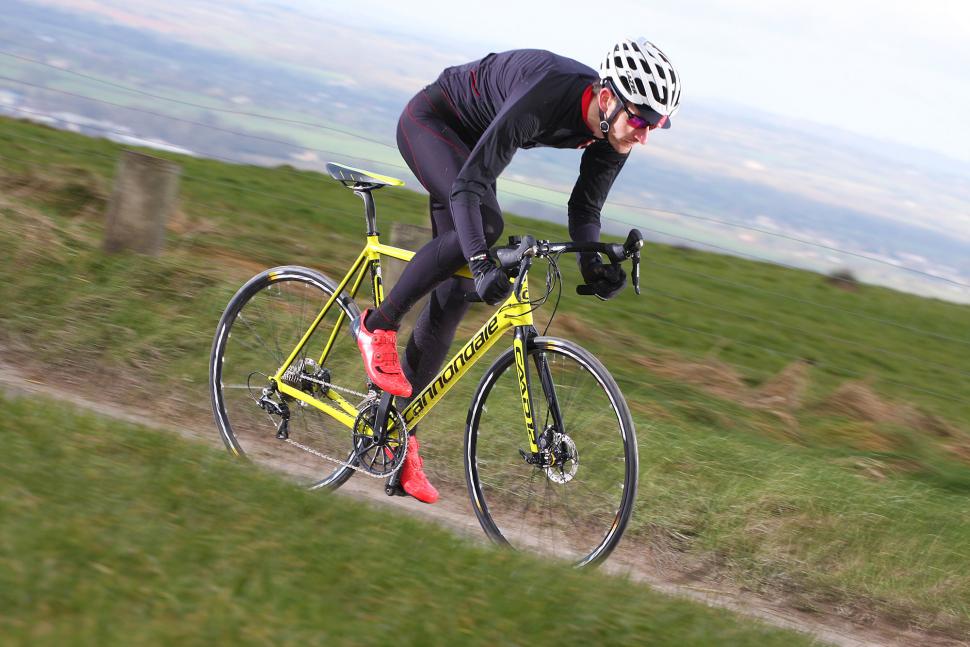
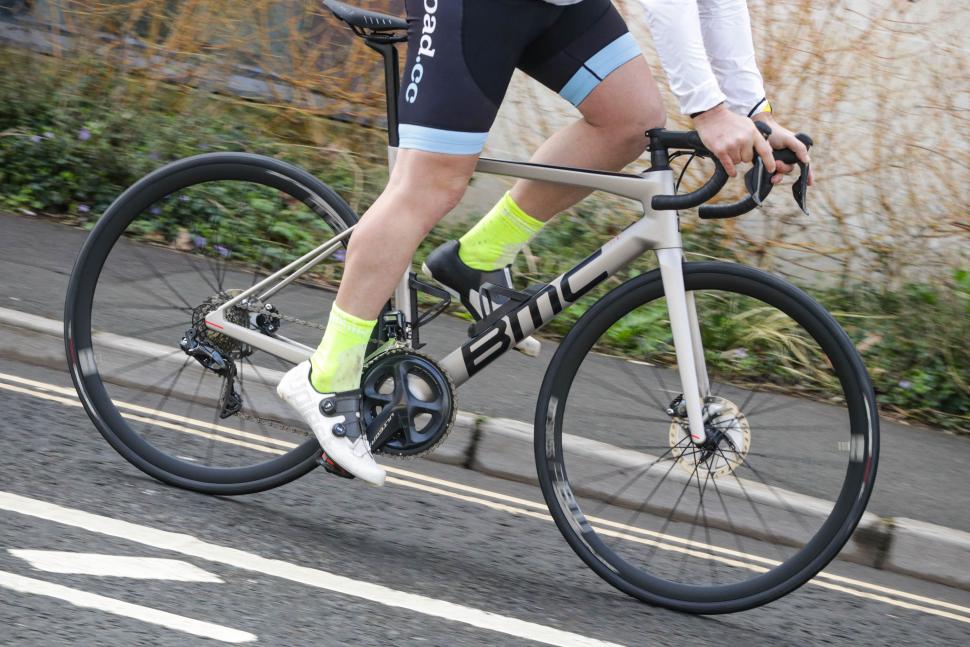
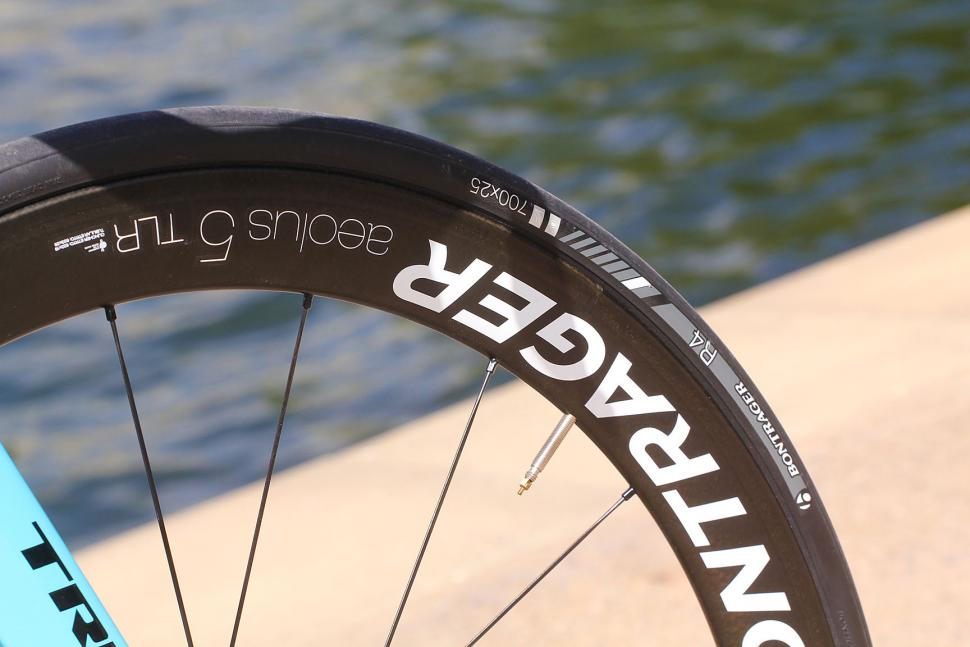
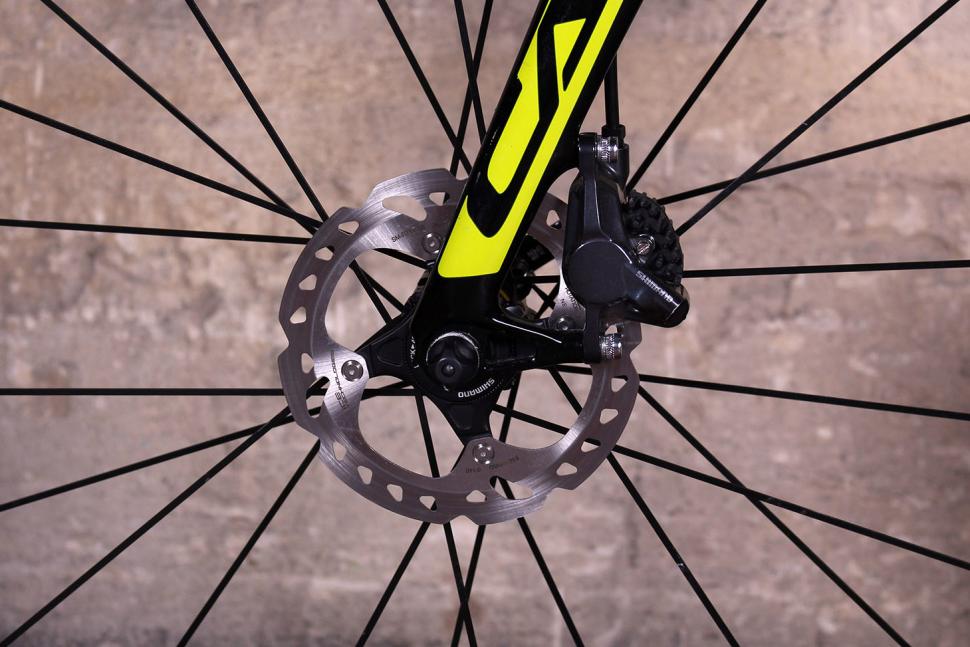
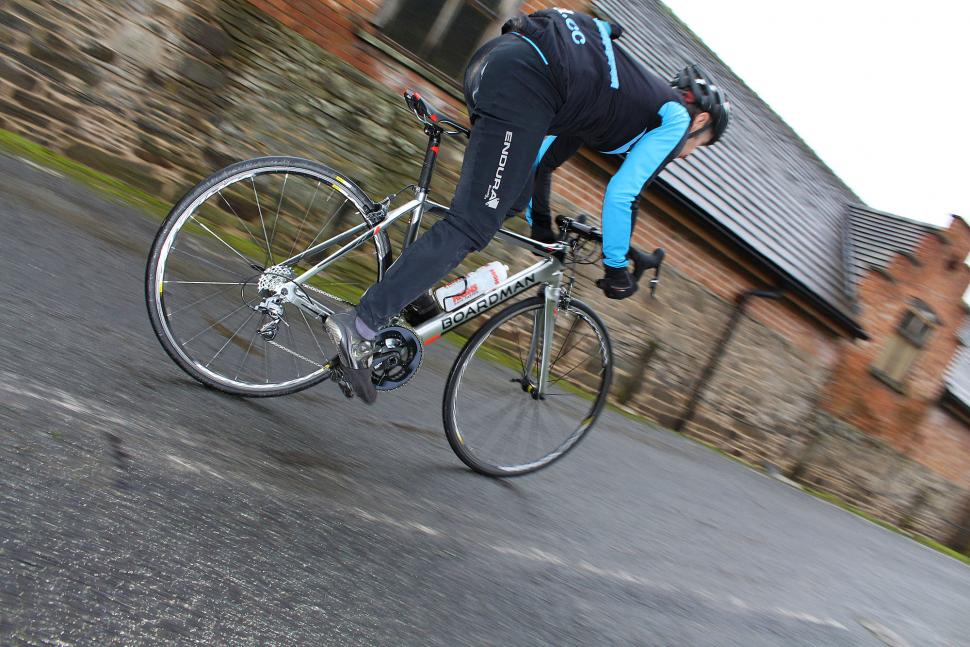
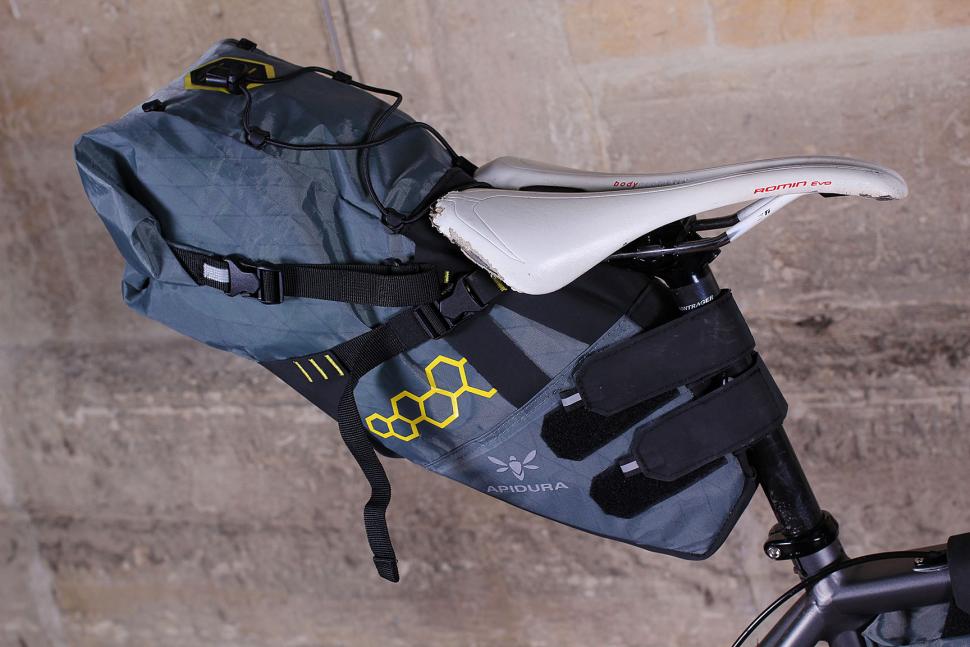

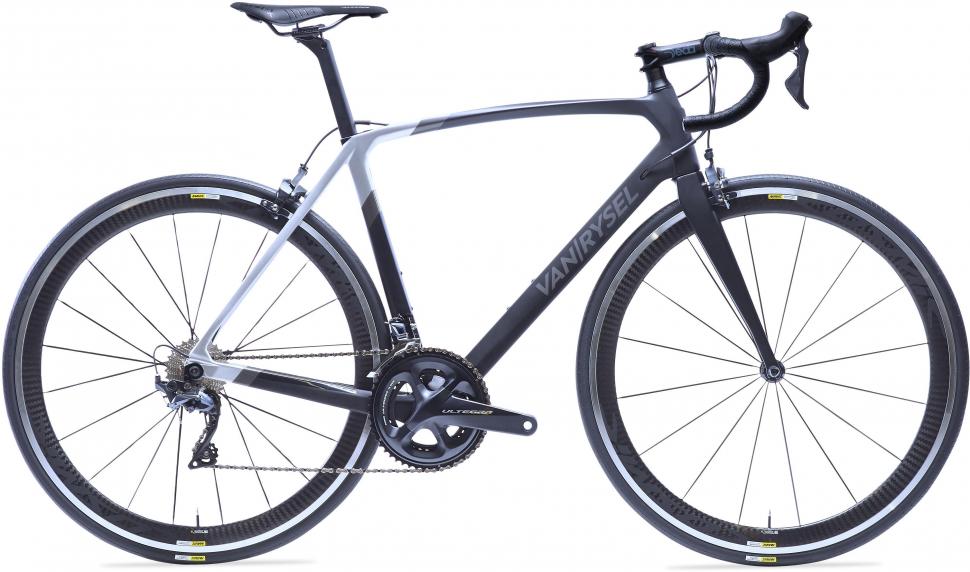
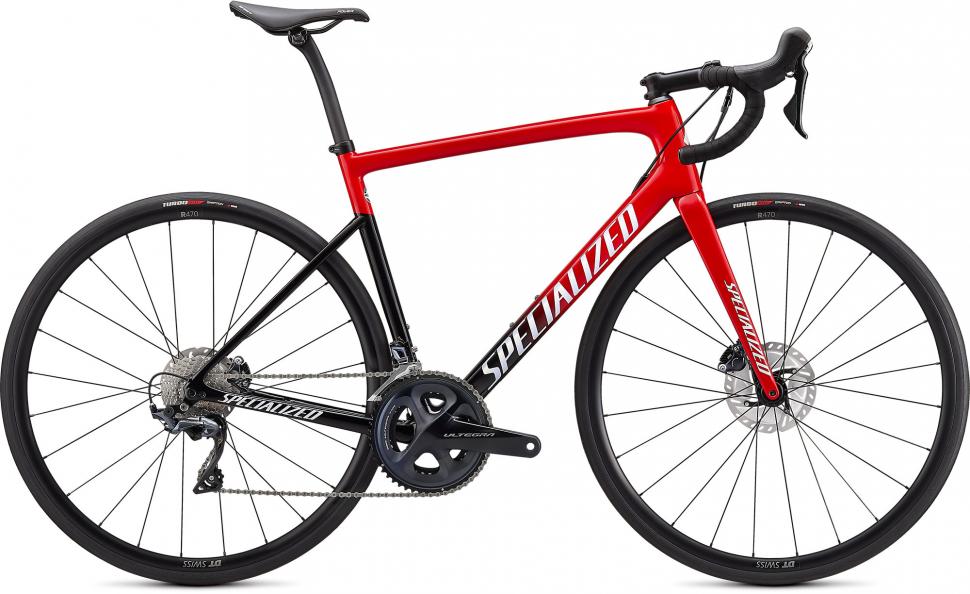
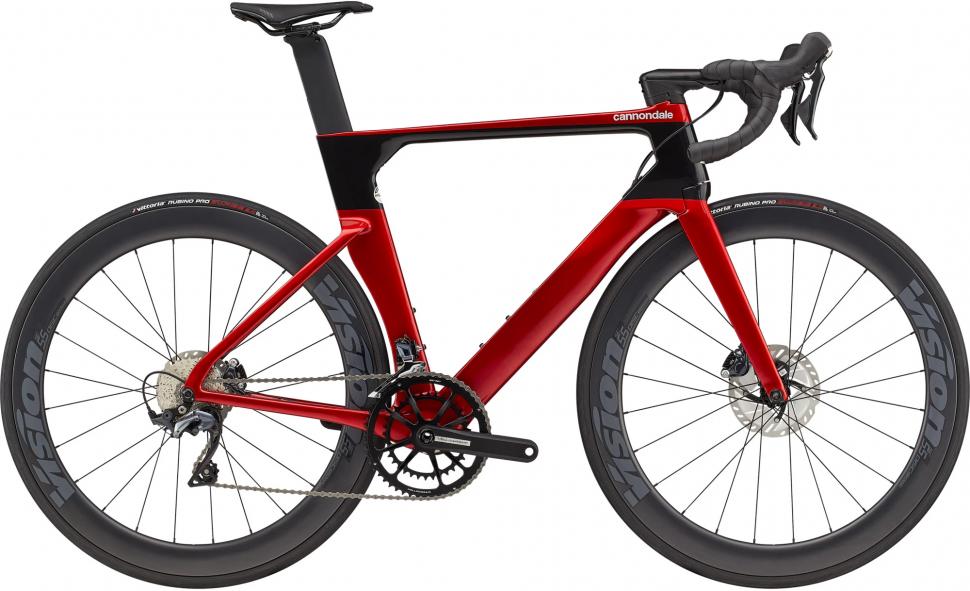
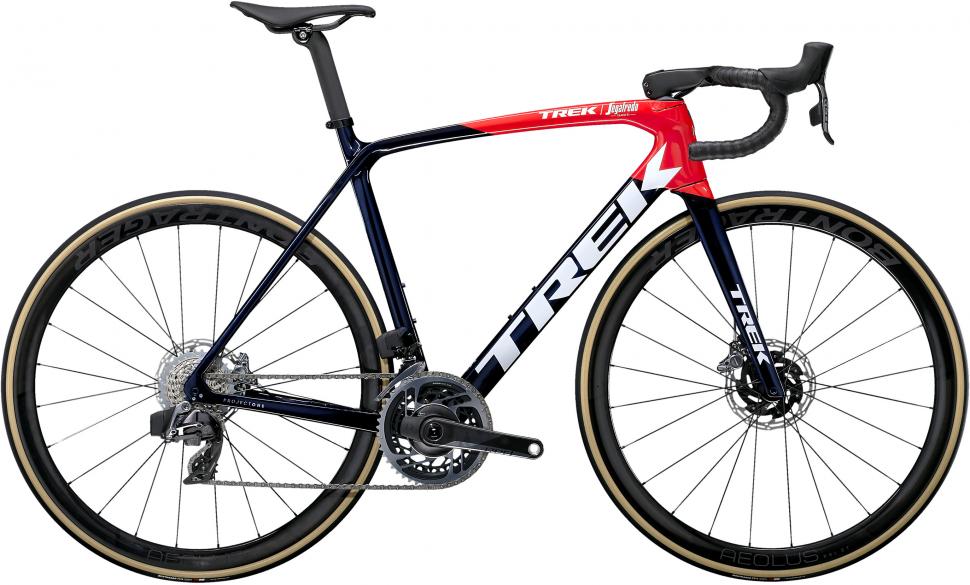
Add new comment
5 comments
My next bike, should I decide I only need one kidney, is the Pashley town bike I saw propped up outside a LBS in town...
What a refreshing change from being told you should buy a Gravel bike!
There was a typo in the article. You must buy a Racing Gravel bike. None of those slack steering multi-bottle mount monsters.
I think the assumption is you've already bought one by now.
Only one?